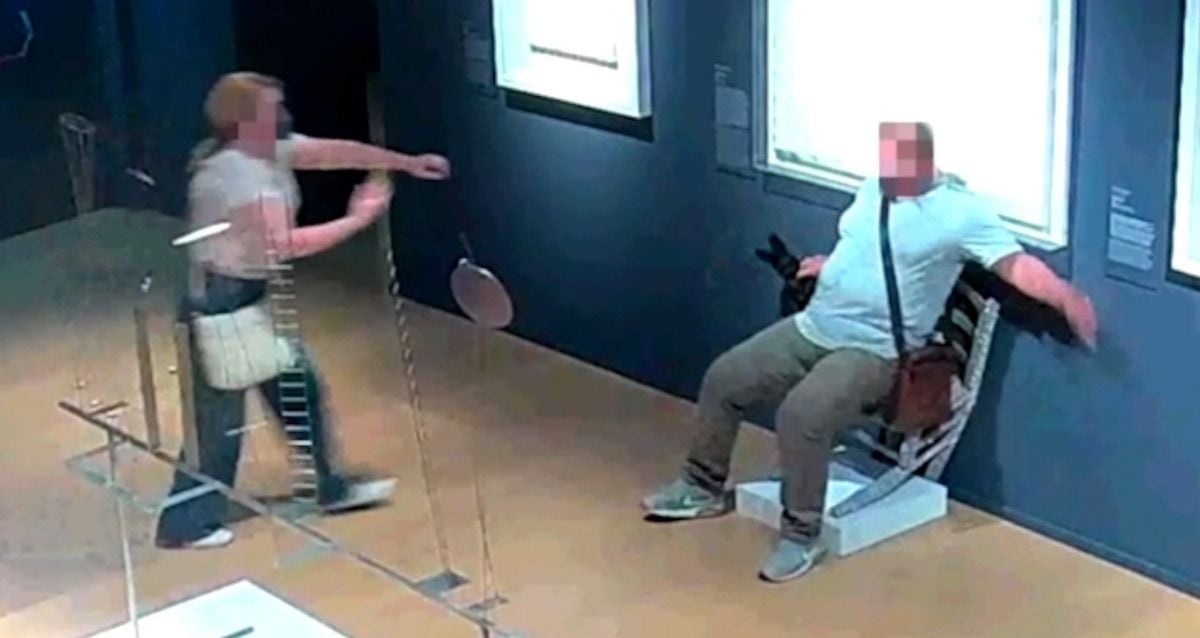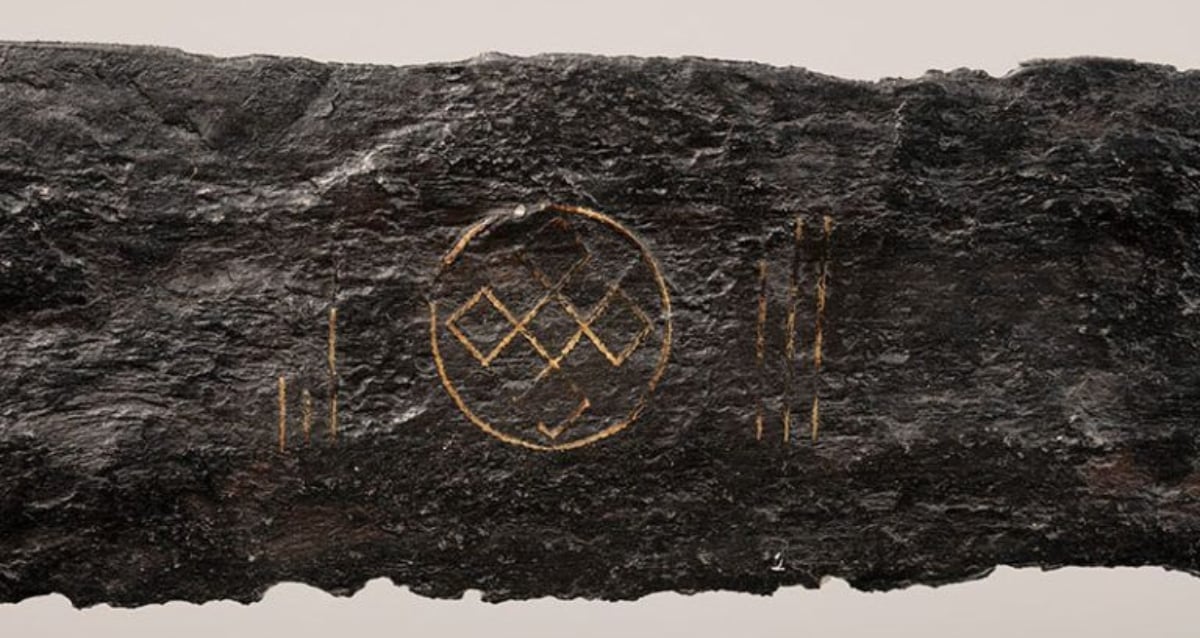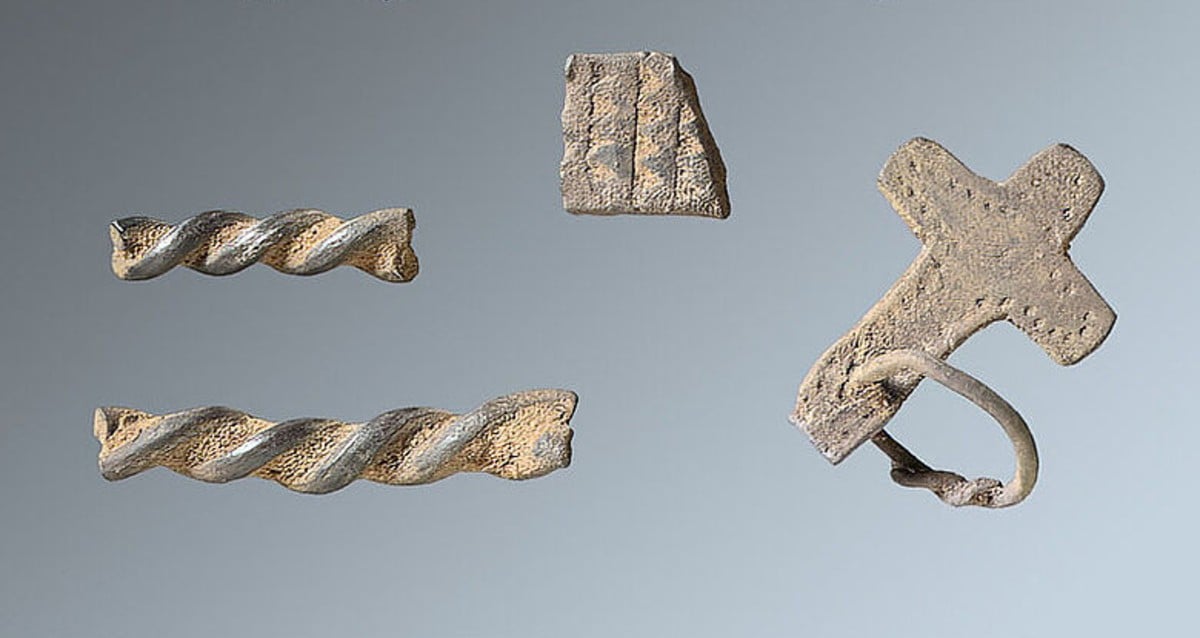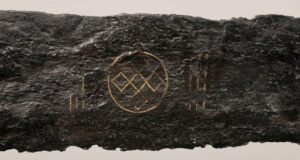Unearthed in Israel’s Negev: Mysterious 1,500-Year-Old African Figurines Challenge History’s Secrets
Indeed, archaeologists have a number of questions about the artifacts, which have been dubbed “unique” and “very rare.”
Ongoing Questions About The Tel Malhata Burials
How did figurines with African features made of Asian ebony make their way to burials in Israel? Archaeologists aren’t 100 percent sure, but they have some guesses about the figurines’ journeys.
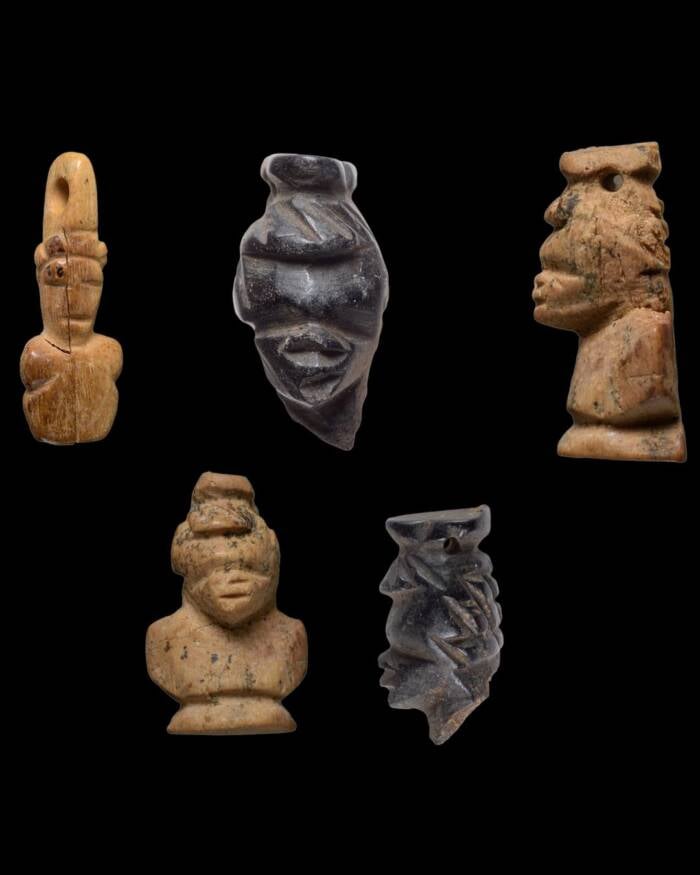
Dafna Gazit/Israel Antiquities AuthorityThree of the figurines that were found at the site of the 1,500-year-old burials, three of which were bone and two of which were carved from ebony.
It’s certainly possible that the figurines were carved in Africa, Tel Malhata, or Asia, all of which, thanks to trade between Asia and the Byzantine world, might have had access to ebony. But researchers suspect that the people buried with the figurines either came from Africa or descended from African Christians who had previously immigrated to Israel.
“The figurines show that a Christian community lived in the south of the country about 1,500 years ago, possibly with some of its members coming from Africa,” the researchers noted. “It is possible that the figures represent ancestors, and thus they reflect traditions passed down from generation to generation — even after the adoption of the Christian religion.”
The people in the graves may have come from Ethiopia, where Christianity had rapidly grown in the sixth century under Emperor Justin I (518 to 527 C.E.). Ethiopians were known to travel widely in the ancient world, and it’s possible that they made their way to Tel Malḥata and settled among fellow Christians.

